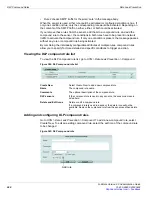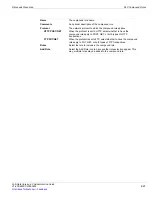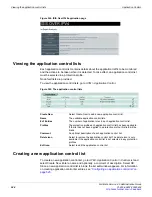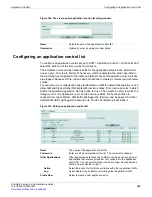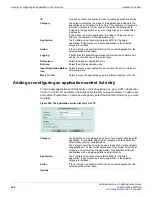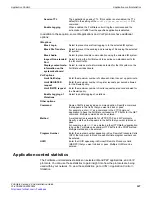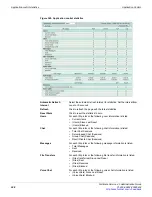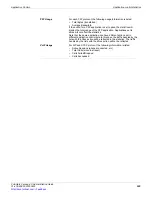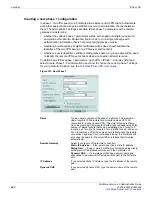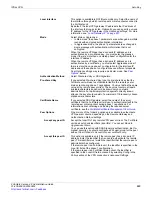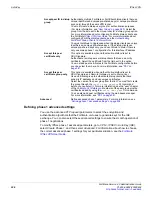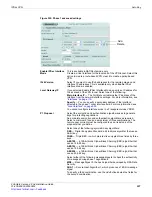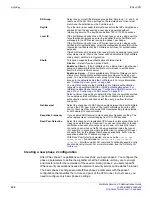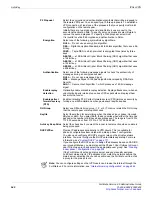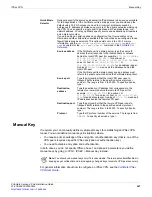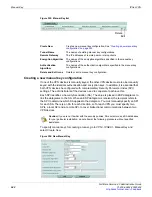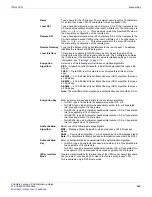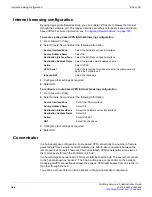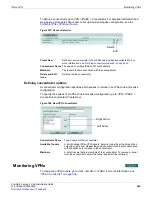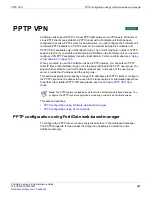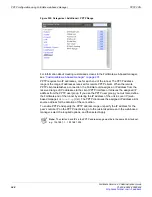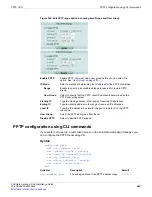
Auto Key
IPSec VPN
FortiGate Version 4.0 Administration Guide
534
01-400-89802-20090424
Creating a new phase 1 configuration
In phase 1, two VPN peers (or a FortiGate dialup server and a VPN client) authenticate
each other and exchange keys to establish a secure communication channel between
them. The basic phase 1 settings associate IPSec phase 1 parameters with a remote
gateway and determine:
•
whether the various phase 1 parameters will be exchanged in multiple rounds with
encrypted authentication information (main mode) or in a single message with
authentication information that is not encrypted (Aggressive mode)
•
whether a pre-shared key or digital certificates will be used to authenticate the
identities of the two VPN peers (or a VPN server and its client)
•
whether a special identifier, certificate distinguished name, or group name will be used
to identify the remote VPN peer or client when a connection attempt is made.
To define basic IPSec phase 1 parameters, go to
VPN > IPSEC > Auto Key (IKE)
and
select Create Phase 1. For information about how to choose the correct phase 1 settings
for your particular situation, see the
FortiGate IPSec VPN User Guide
Figure 351: New Phase 1
Name
Type a name to represent the phase 1 definition. The maximum
name length is 15 characters for an interface mode VPN, 35
characters for a policy-based VPN. If
Remote Gateway
is
Dialup
User
, the maximum name length is further reduced depending on the
number of dialup tunnels that can be established: by 2 for up to 9
tunnels, by 3 for up to 99 tunnels, 4 for up to 999 tunnels, and so on.
For a tunnel mode VPN, the name should reflect where the remote
connection originates. For a route-based tunnel, the FortiGate unit
also uses the name for the virtual IPSec interface that it creates
automatically.
Remote Gateway
Select the category of the remote connection:
Static IP Address
— If the remote peer has a static IP address.
Dialup User
— If one or more FortiClient or FortiGate dialup clients
with dynamic IP addresses will connect to the FortiGate unit.
Dynamic DNS
— If a remote peer that has a domain name and
subscribes to a dynamic DNS service will connect to the FortiGate
unit.
IP Address
If you selected
Static IP Address
, type the IP address of the remote
peer.
Dynamic DNS
If you selected
Dynamic DNS
, type the domain name of the remote
peer.
Summary of Contents for Gate 60D
Page 705: ...www fortinet com...
Page 706: ...www fortinet com...

